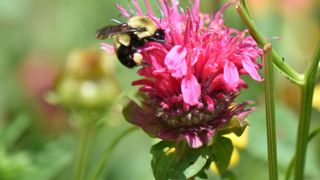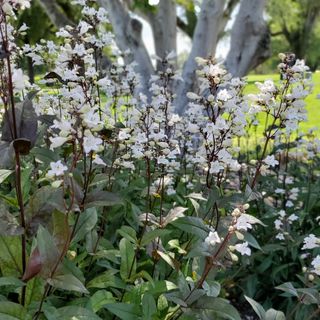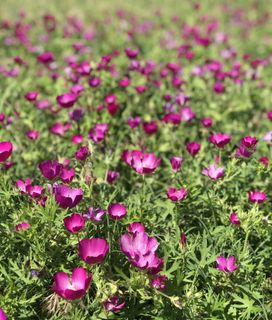GARDENING
BRING ALL THE POLLINATORS TO YOUR YARD
CREATE A SPACE WHERE BEES CAN THRIVE
One of the most fun and rewarding ways to make a big Beesponsible impact is to plant your own bee garden. Bee-friendly flowers, shrubs and trees not only provide food for our buzzy friends, but also beauty and even increased yields of any fruits and veggies you may be growing (thanks to the increased pollinator activity). Whether you plant a large garden, a little patch or even just a few flower pots, you’ll create valuable habitat for our pollinating friends.

GET INSPIRATION FOR BEE-FRIENDLY PLANTS
CLICK YOUR REGION TO SEE WHAT WILL GROW BEST WHERE YOU LIVE.
click to selecT
TIPS FOR A BEESPONSIBLE GARDEN
PROVIDE DIVERSITY

KEEP IT NATURAL

PRIORITIZE NATIVE PLANTS

PLANT FOR CONTINUOUS BLOOMS

GROUP THE SAME PLANTS

SUPPLY A WATER SOURCE

LEAVE SOME WEEDS

INVITE NATIVE BEES
Not all bees live together in hives or social colonies. In fact, most species are solitary and 70% of the nest in the ground! So in addition to having plenty of nectar and pollen sources, you'll want to provide natural nest habitat nearby too.

RETHINK YOUR LAWN
Lawns cover an estimated 63,000 square miles of America, with most of them being large expanses of turf grass. This presents a stark scene for bees and other pollinators (not to mention the environmental impact of all the mowing, watering and chemical applications to maintain those “lush” grass lawns).
